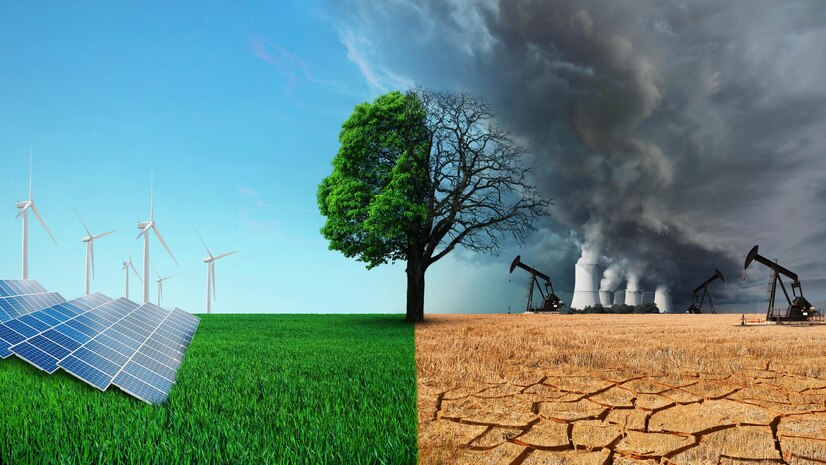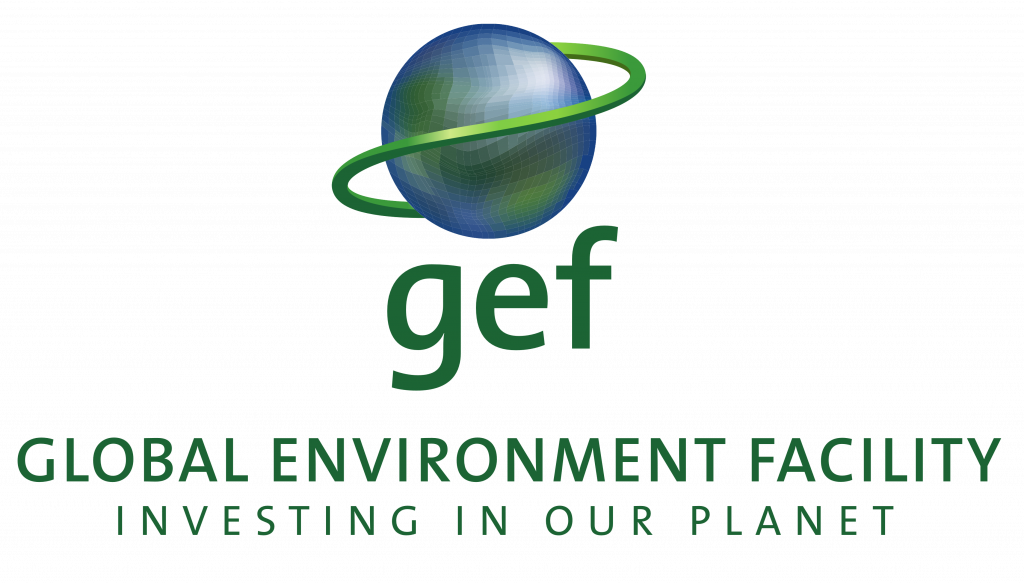Overview of Climate Change
Definitions
Weather and Climate
Before we understand climate change and its effects, we must first understand what weather and climate are and how they change.
Weather is defined as the state of the atmosphere at a particular time, as defined by the various meteorological elements. It is generally described in short time frames – minutes, hours, days, and weeks
Climate is defined as the average weather over a long period of time (at least 30 years) of a certain place.
The climate system encompasses all the natural components and processes that influence Earth’s climate. These include the atmosphere, oceans, land surfaces, ice caps and glaciers, living organisms, and even the lithosphere (see the picture below). These components are interconnected and interact with each other, influencing the planet’s climate in complex ways. e.g. The atmosphere traps heat through the greenhouse effect or The biosphere affects the carbon cycle through photosynthesis and respiration.
The climate system and climate change are deeply intertwined. Changes in the composition of the atmosphere (affecting the climate system) drive climate change by altering temperature and weather patterns. Climate change, in turn, has feedback effects on the climate system. For example: Changes in temperature and precipitation can affect ecosystems (biosphere) and, in turn, the carbon cycle.

Climate Change
Over decades and centuries, the world’s climate has had its own ways of changing naturally. However, in the late 1890’s, when the first coal power station was turned on and industrialisation started, people started burning large amounts of coal and oil to power their homes, factories and vehicles. Even today, most of the world relies on this fossil fuels for their energy needs releasing gases (mostly carbon dioxide) in to the atmosphere. These gases accumulate in the atmosphere causing concentrations to increase with time. These gases are able to trap the heat causing the earth to get warmer and warmer. The increase in the earth’s temperature is the main reason why the climate is changing. These gases are normally referred to as greenhouse gases (GHGs).
Climate change refers to a change in the state of the climate that can be identified (e.g., by using statistical tests) by changes in the mean and/or the variability of its properties and that persists for an extended period, typically decades or longer.
(IPCC) climate change is change of climate which is attributed directly or indirectly to human activity that alters the composition of the global atmosphere and which is in addition to natural climate variability observed over comparable time periods (UNFCCC).
Adaptation – In human systems, it is the process of adjustment to actual or expected climate and its effects, to moderate harm or exploit beneficial opportunities.
In natural systems, it is the process of adjustment to actual climate and its effects; human intervention may facilitate adjustment to expected climate and its effects.
Mitigation is a human intervention to reduce emissions or enhance the sinks of greenhouse gases.




